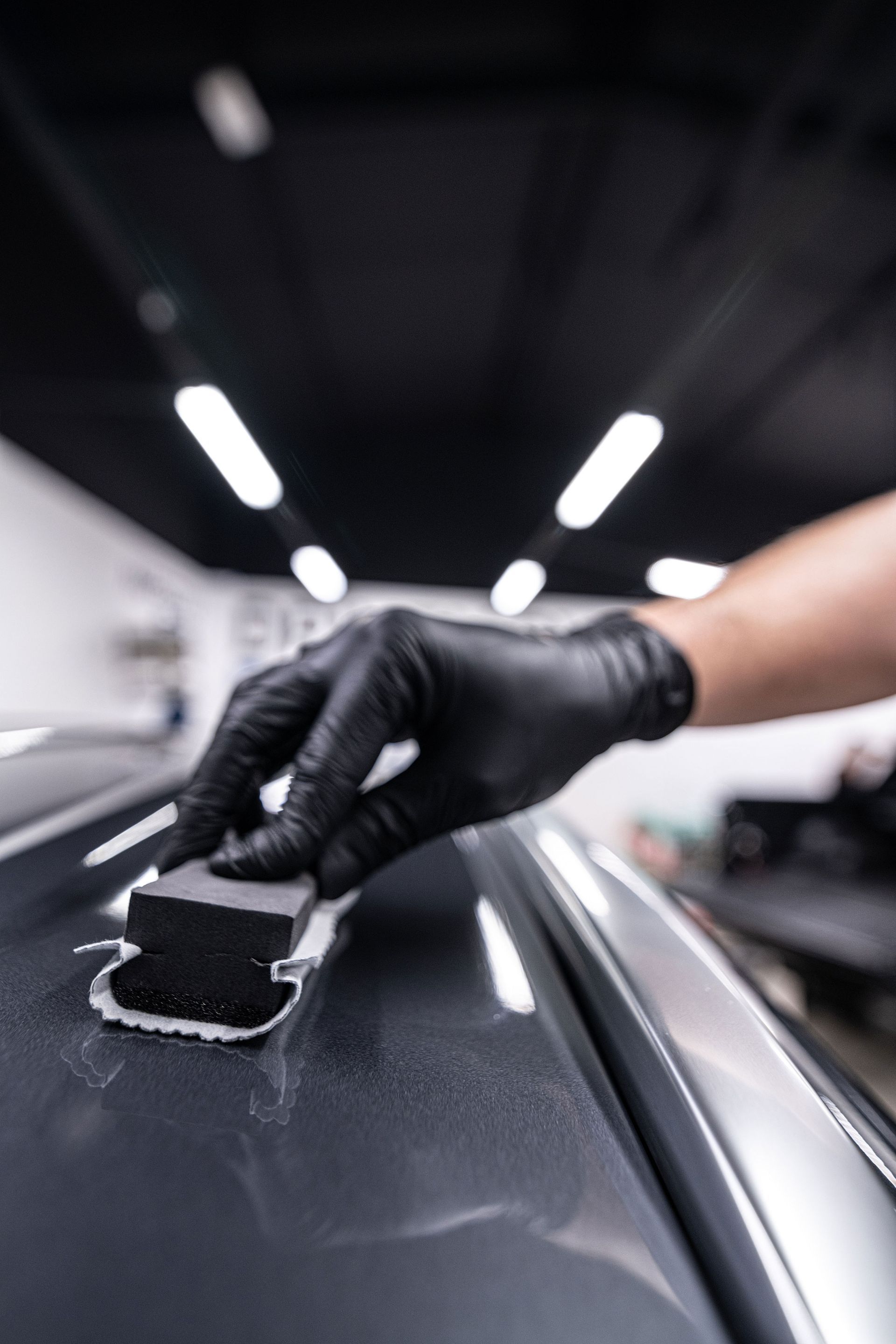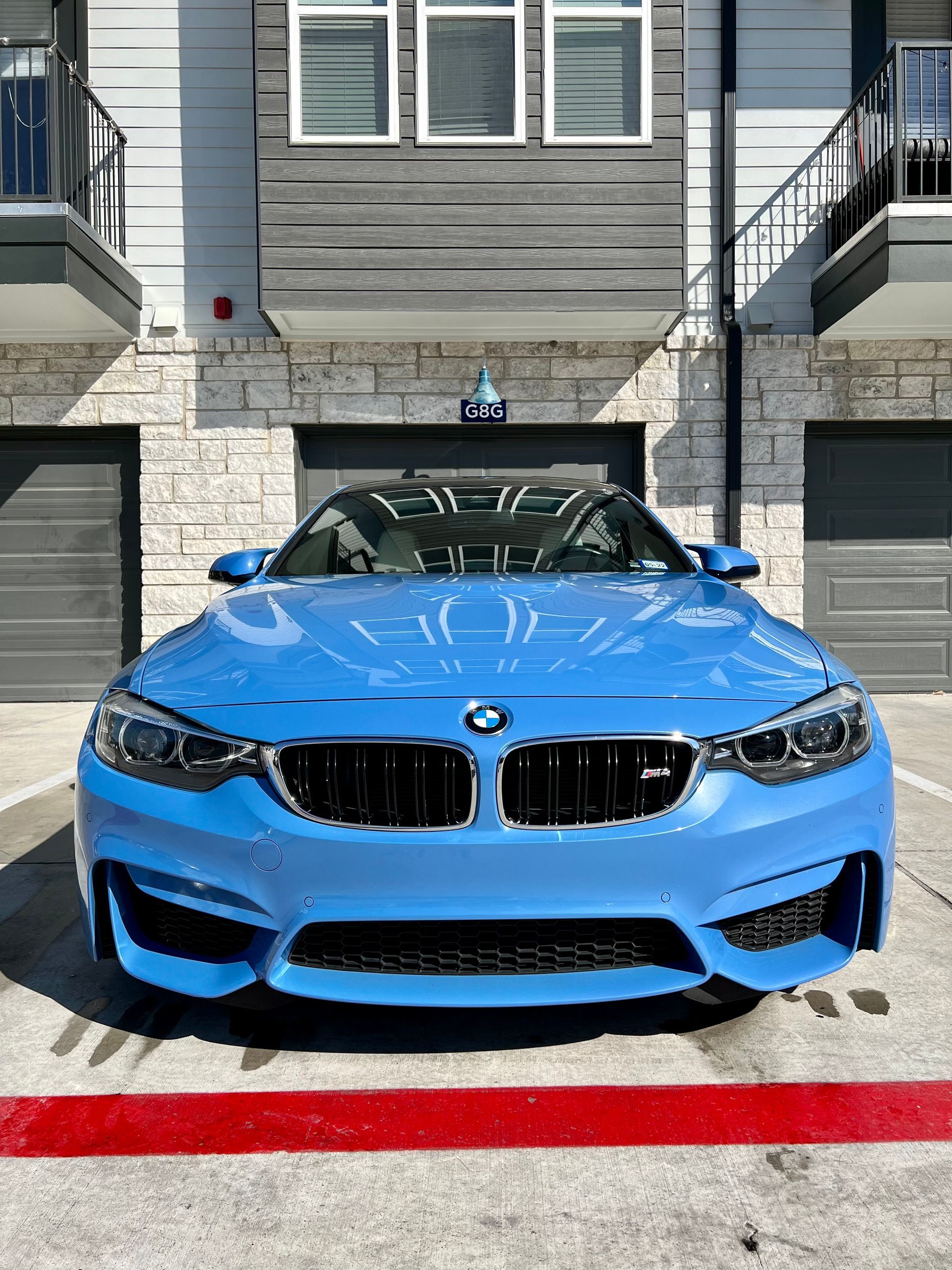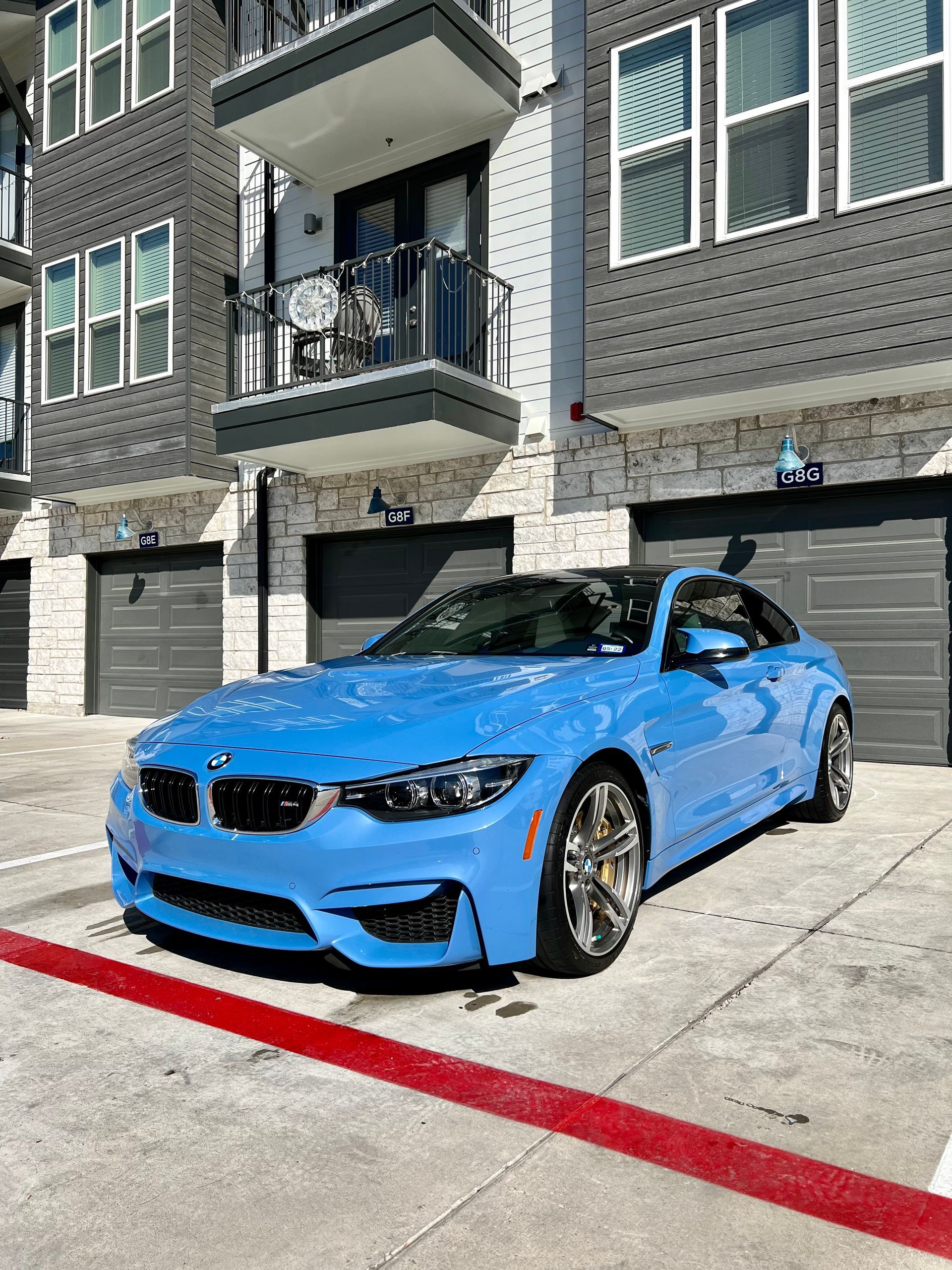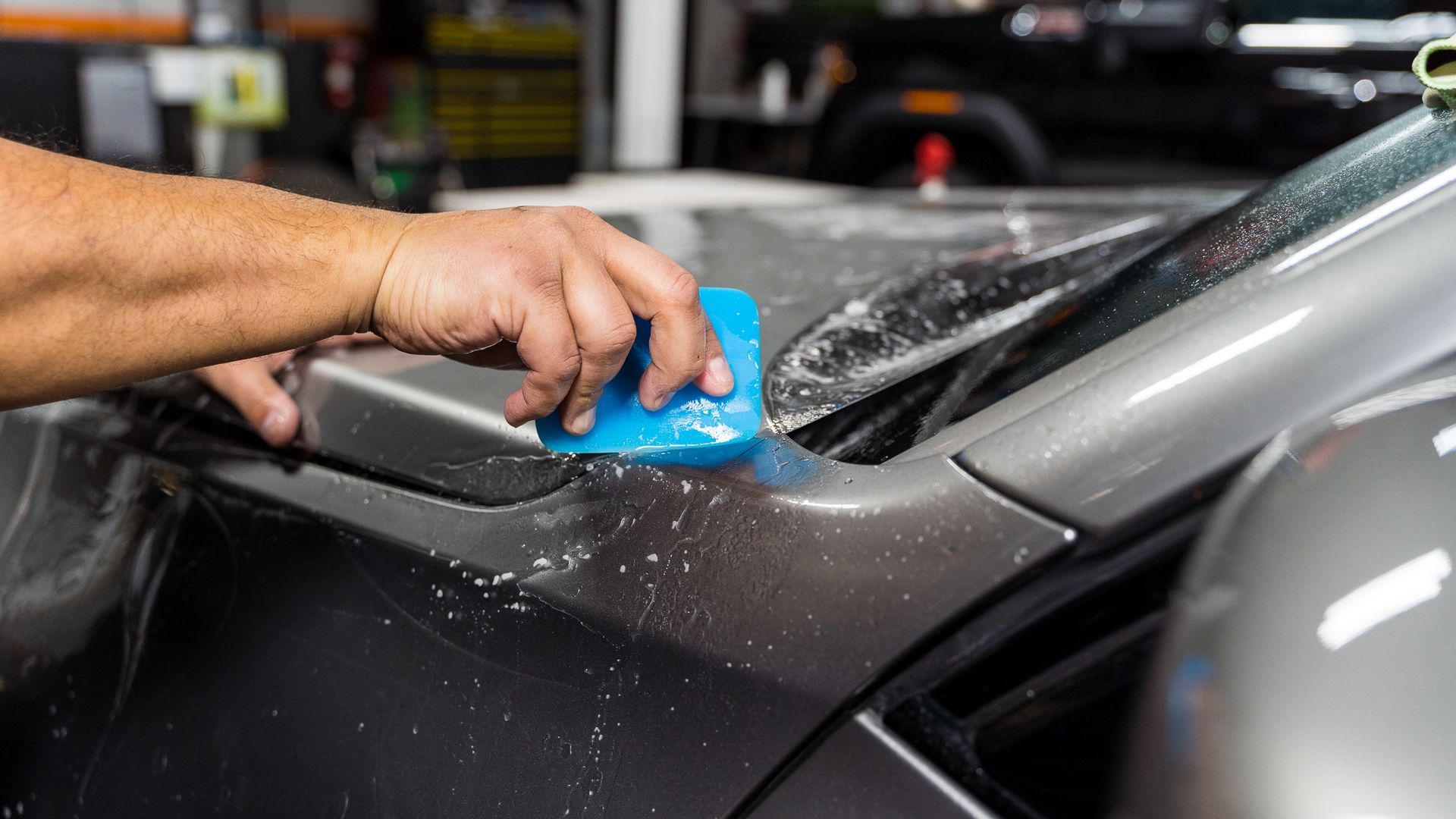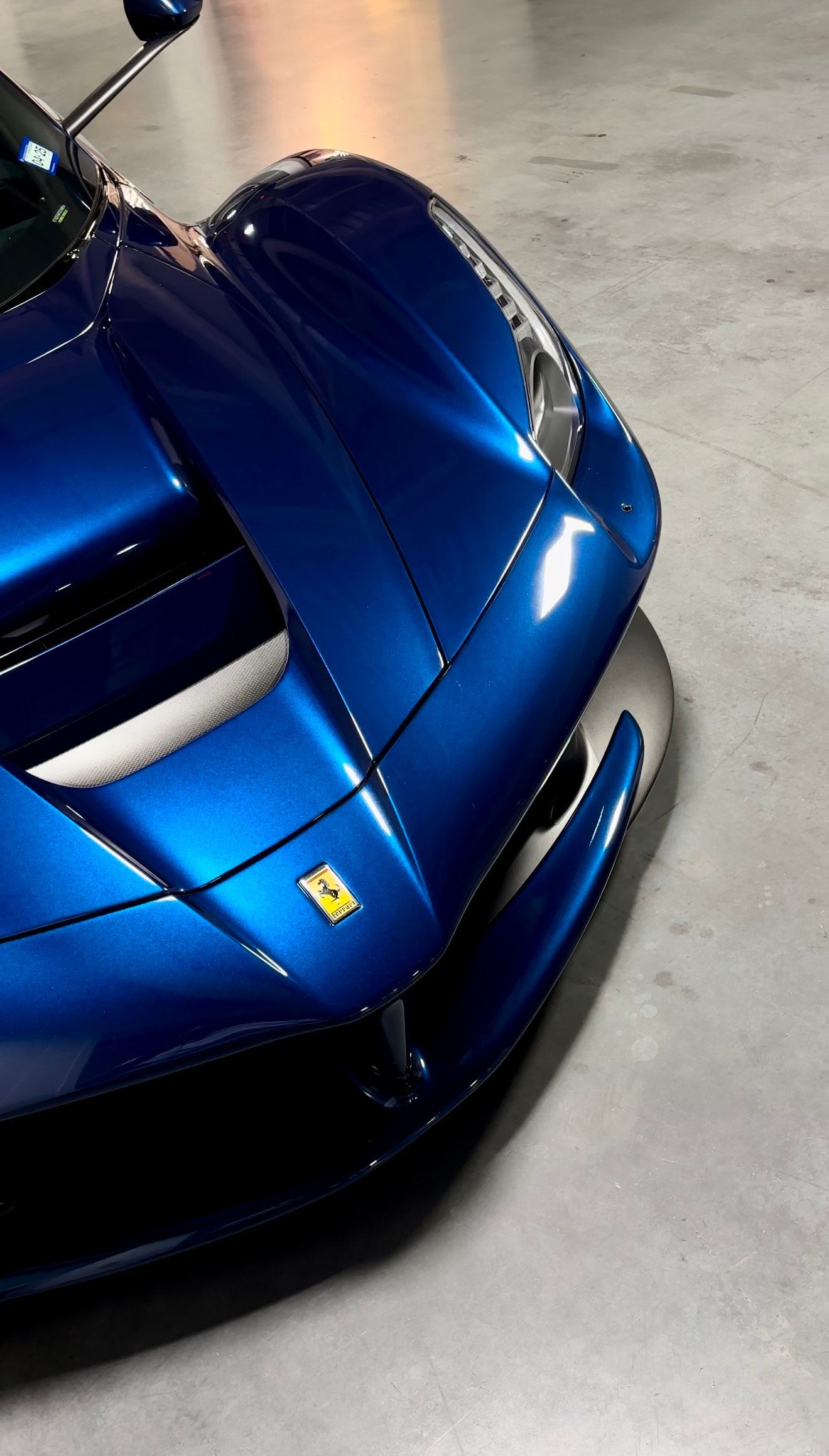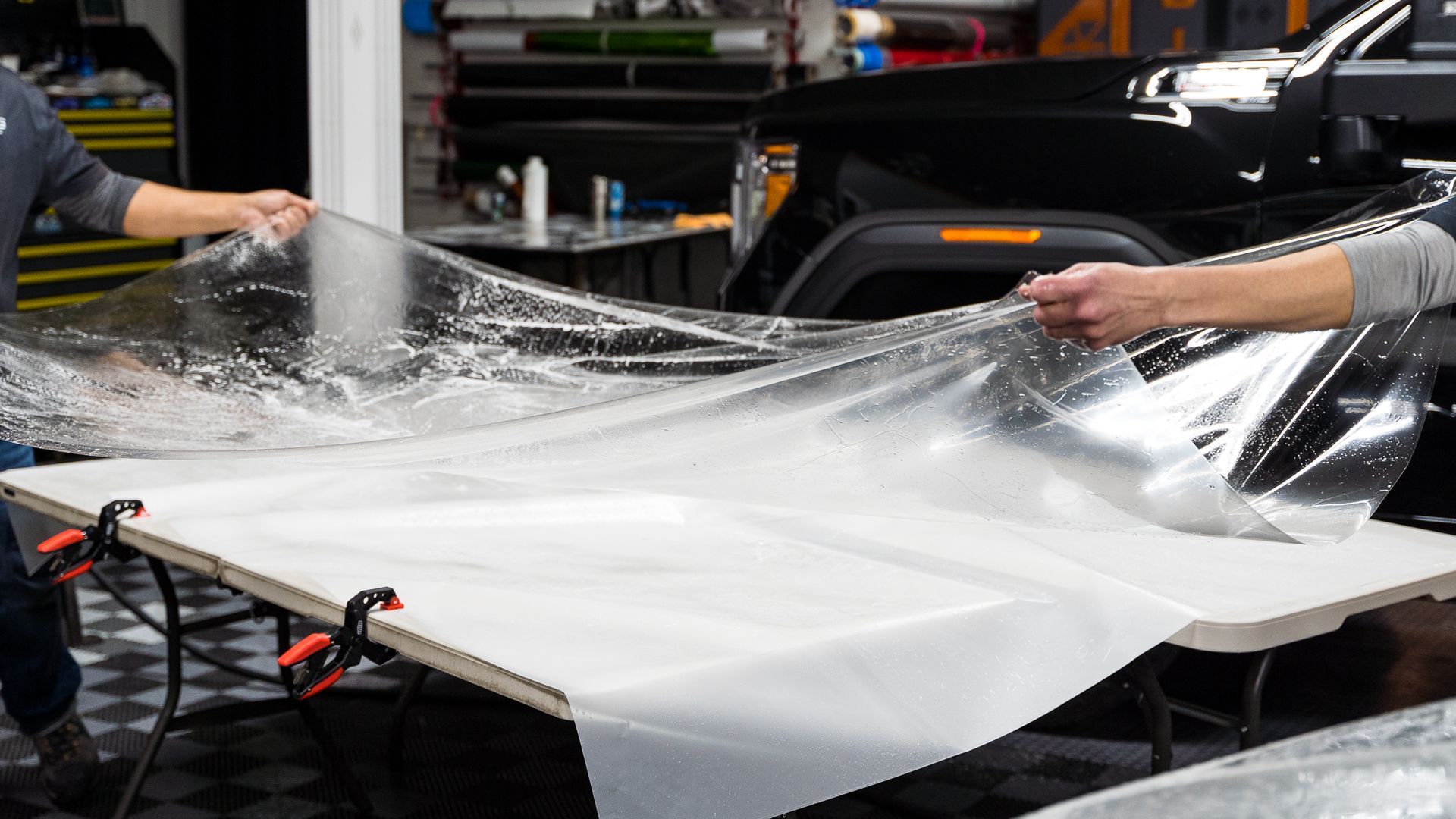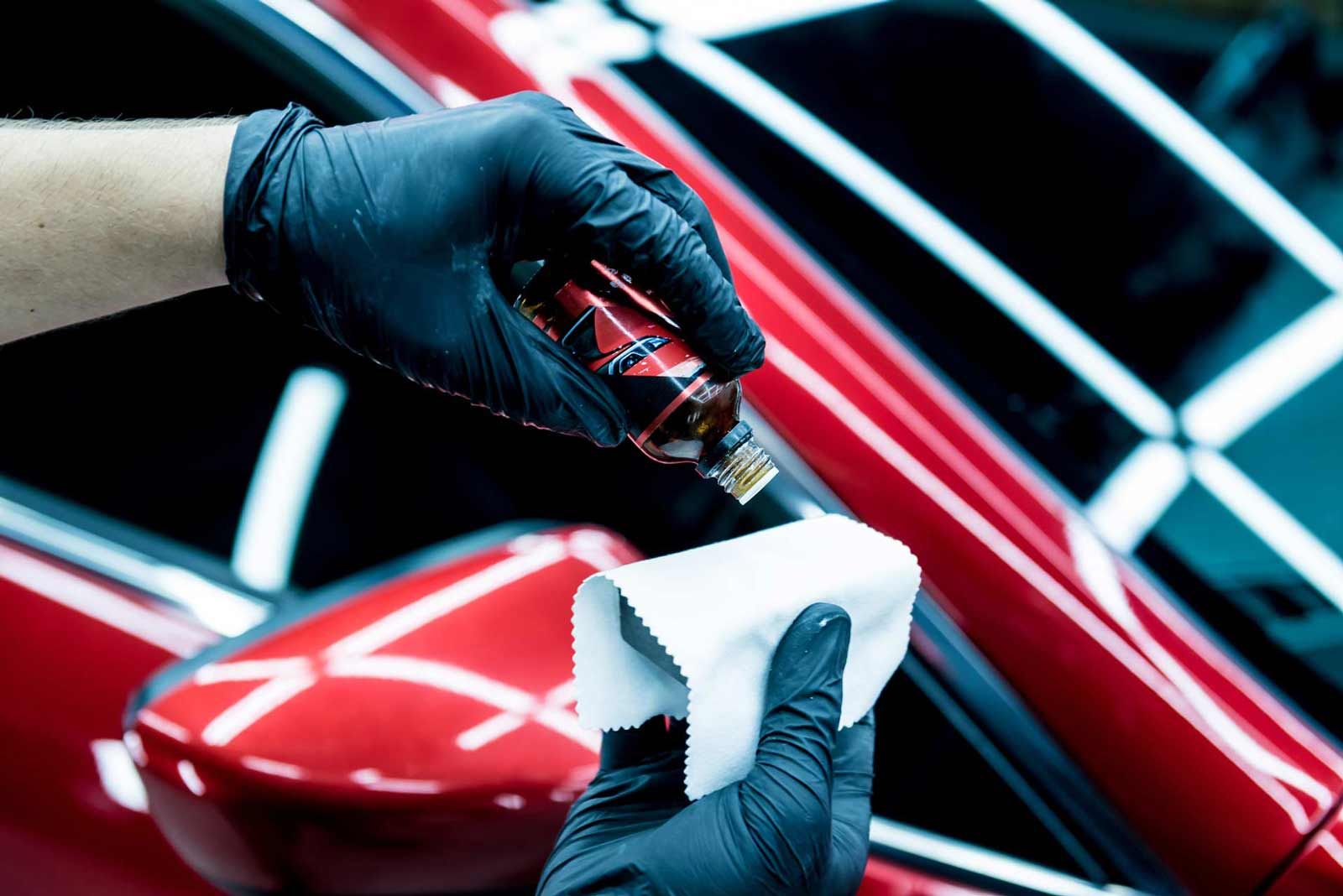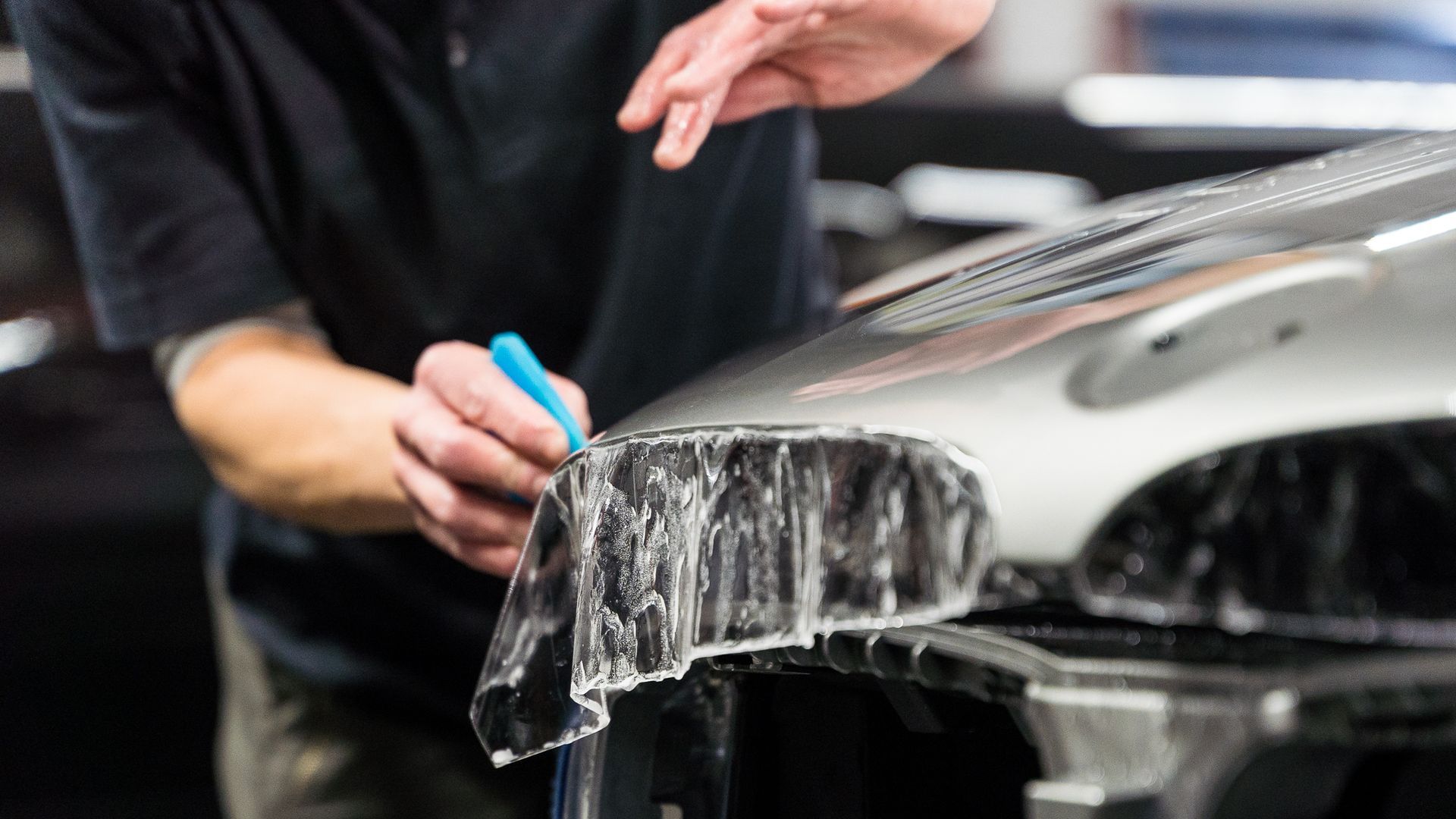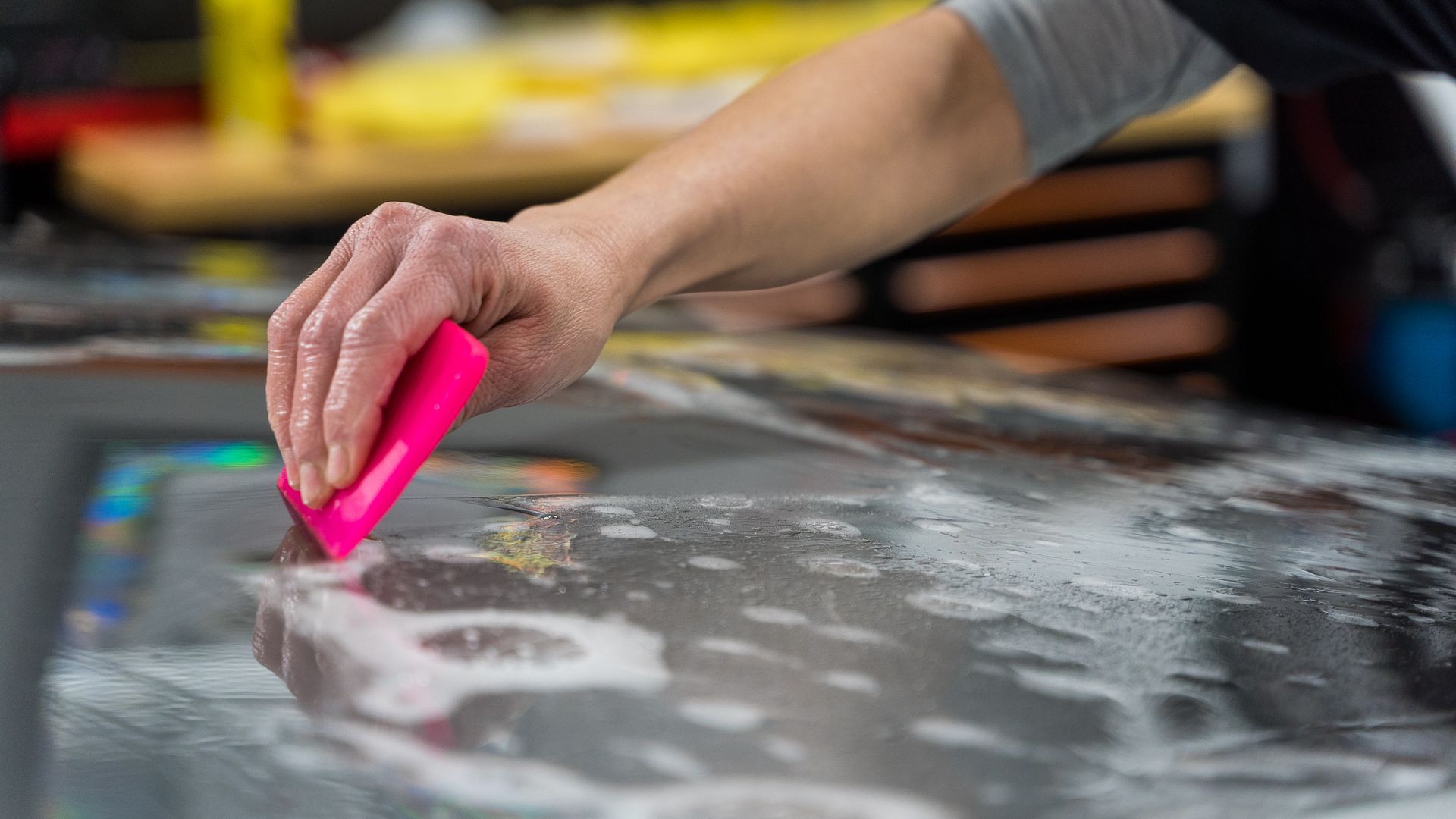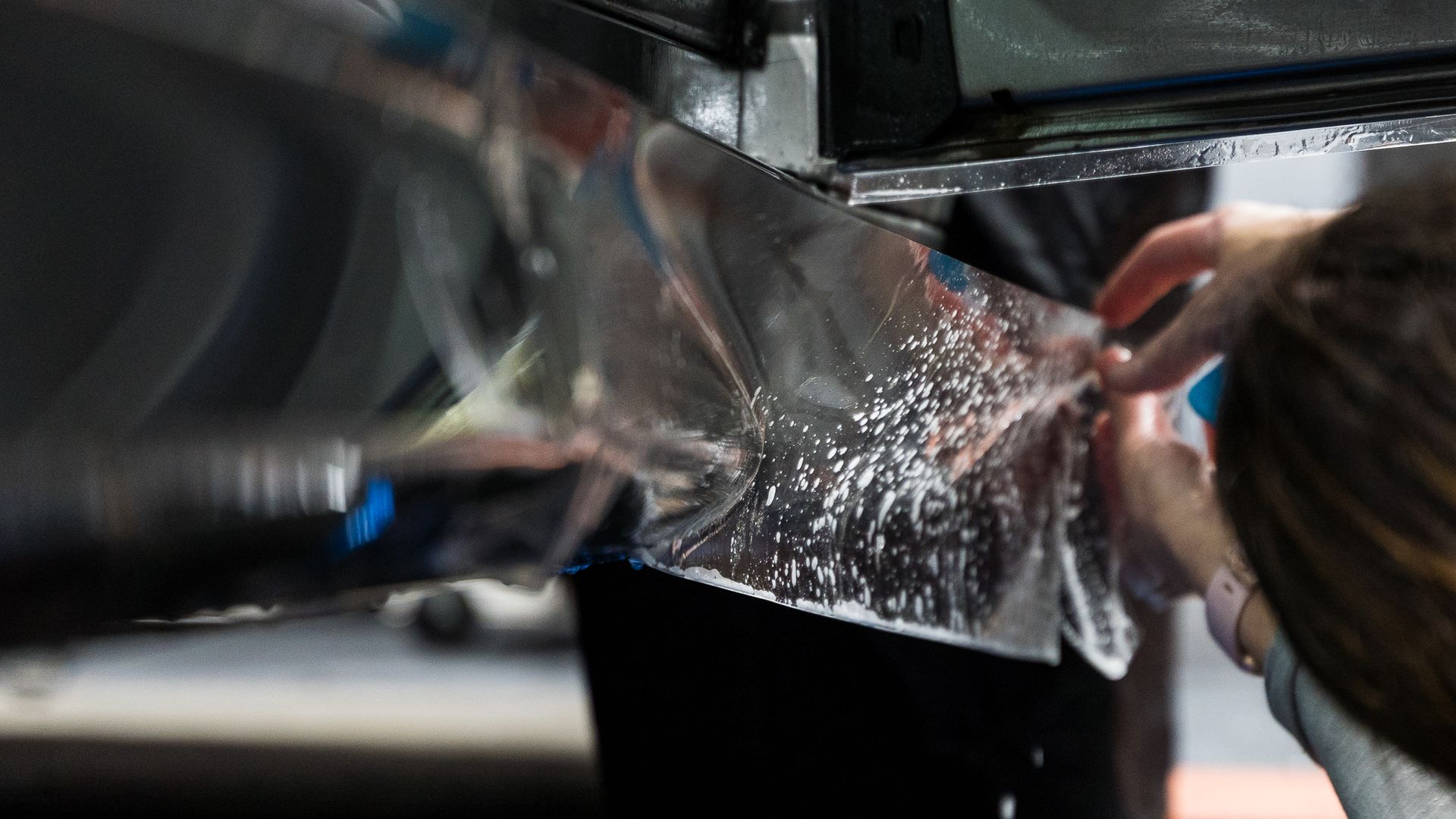How Long Does Paint Protection Film Last? Key Factors for Optimal Lifespan
When it comes to keeping your vehicle looking brand new, Paint Protection Film (PPF) is often the unsung hero. Think of it as a shield that helps guard against dings, chips, and the harmful effects of the sun. But how long can you expect this protective layer to really last? If you've ever wondered whether PPF truly provides lasting value or if it's just another trend, you're not alone. Understanding its lifespan and what influences it can help you make an informed decision about this investment.
Paint protection film typically lasts between 5 and 10 years, depending on factors such as the quality of the film, installation process, and environmental conditions. It is recommended to inspect the film around the 5-year mark for signs of wear or damage to ensure optimal protection for your vehicle.
The Longevity of Paint Protection Film
The lifespan of Paint Protection Film usually falls within the range of 5 to 10 years, and that variability is crucial to understanding how to care for it. High-quality films from reputable brands often boast an impressive duration, provided they receive adequate maintenance. Many users report that with careful upkeep—such as regular washing and avoiding harsh environmental exposure—their PPF could last closer to that 10-year mark. This reflects the experiences of numerous car enthusiasts who prioritize the aesthetic and protective qualities their film brings. But what influences this longevity? One significant factor is installation quality. Poorly applied films can begin to show failure signs after merely two years, especially if they haven't been expertly fitted. An improperly installed film may start pulling away at the edges or develop bubbles, leading to accelerated wear and tear. Thus, investing in professional installation can enhance appearance and ensure prolonged life.
Environmental factors cannot be overlooked either. Exposure to ultraviolet rays, harsh weather conditions, and frequent washing can contribute to the degradation of PPF over time. For instance, films that endure constant exposure to direct sunlight might deteriorate faster than those parked in shaded areas. Proper maintenance practices become essential for maximizing longevity. Regular care is key; simple routines such as gentle washing using rinseless methods or specific spray cleaners designed for PPF can significantly extend its life. Many recommend avoiding pressure washers directly on PPF-covered surfaces; this could lead to unintended damage or lifting up the edges of the film. Combined with these best practices, maintaining your vehicle’s finish will bolster both the look and effectiveness of your paint protection film. Taking precautions when cleaning and monitoring for any signs of wear—like yellowing or browning—is essential. A proactive approach will go far in ensuring your investment remains intact for years.
Key Factors Impacting PPF Lifespan
The performance of PPF relies heavily on a variety of aspects that should not be overlooked. One of the most significant factors is environmental exposure. As beautiful as it is to see your car gleaming under the sun, constant UV exposure can lead to accelerated deterioration of the film. It’s somewhat like a sunburn; over time, the film can lose its clarity and protective properties if consistently left exposed to harsh sunlight. If you have the option, storing your vehicle indoors or using a quality car cover can significantly extend the lifespan of PPF, sometimes adding years to its effective use.
- Sunlight: To put this into perspective, parking your car in shaded locations whenever possible will help prevent harmful effects. Similarly, significant temperature fluctuations—where extreme heat or cold occurs—can also take a toll on the film's integrity. Keep an eye on those sunny days when deciding where to park!
- Installation Quality: A poorly installed film can start exhibiting signs of peeling or bubbling within just one or two years. Think of it as trying to put on a raincoat that doesn’t fit properly—it will likely let in all the water despite being meant for protection. On the other hand, opting for professional installation not only boosts longevity but also ensures a seamless look that enhances your vehicle's beauty. Investing in quality installation pays off in spades.
- Vehicle Usage: Your driving habits also play a pivotal role in how long PPF lasts. Frequent driving on rugged terrains exposes the film to abrasives like gravel and dirt that can scratch or degrade its surface—a bit like wearing out your favorite shoes faster if you wear them hiking every weekend compared to casual strolls around town. Casual city driving generally affords better longevity compared to those who venture off-road regularly.
To get the most out of your paint protection film, it’s essential to be mindful of where and how you drive, store your vehicle, and who installs the film. While PPF is engineered for durability, its lifespan ultimately depends on proper care and thoughtful use. By minimizing environmental stress, choosing expert installation, and adapting your driving habits, you can preserve both the protective qualities and the aesthetic appeal of your vehicle for years to come.
Maintenance Tips for Extended Durability
Proper care can significantly extend the life of PPF, but it requires a bit of dedication. Begin by washing your vehicle regularly with a soft microfiber cloth paired with a pH-neutral car shampoo. This combination helps eliminate dirt and grime without scratching or damaging the film’s surface. It's fascinating how something as simple as this can lead to an extra three years of durability, as reported by some users who practice this routine consistently. Avoid using harsh chemicals or abrasive scrubbers when washing the vehicle—these can scratch, peel, or discolor the PPF, ultimately shortening its lifespan. Instead, opt for gentler alternatives that protect the integrity of the film while ensuring it stays clean and clear. Another vital aspect is applying sealants, wax, or ceramic coatings to add an extra layer of protection. For instance, using a ceramic coating over your PPF can enhance its longevity by up to 50%. Imagine your vehicle not just looking shiny but having double the protection against UV rays and contaminants! These products form an additional shield that combats elements like bird droppings or tree sap that could otherwise damage the film.
However, be cautious not to use a pressure washer directly on PPF-covered areas. Many users have learned this lesson the hard way—pressure washing can shove water underneath the film, causing it to lift or bubble. It's better to avoid high-pressure methods altogether when you're caring for your vehicle. Stick to hand washing; you'll not only prolong your PPF’s life but also create fewer chances for damage. Regular inspections every six months can be incredibly beneficial as well. Look for any signs of yellowing or lifting around the edges and address them promptly. This early detection can prevent problems from escalating and potentially extend the lifespan of the PPF by about 10%. It’s much easier—and often less costly—to remedy small issues than to wait until they grow into significant repairs. By integrating these straightforward maintenance tips into your routine, you're actively protecting your investment. Remember, keeping PPF clean doesn't just beautify your ride; it's about preserving its structural integrity and ensuring that it serves you well for many years to come. Regular maintenance isn't just an option—it's a crucial step in enjoying the full benefits of Paint Protection Film.
Comparing Different PPF Brands
Not all paint protection films (PPF) offer the same level of performance. In 2025, car owners and enthusiasts increasingly understand that the quality of the film plays a major role in both protection and aesthetics. With many options available, comparing them based on key features and specifications can help determine which product best fits your needs.
- Evaluating Key Features: When comparing different types of PPF, it’s important to focus on performance indicators such as self-healing capabilities, stain resistance, optical clarity, and water repellency. Many modern films can repair light surface damage like swirl marks or abrasions when exposed to heat, helping maintain a flawless finish. Others are designed with hydrophobic top layers that repel water and prevent grime buildup. Additionally, films with high stretchability conform better to vehicle curves, reducing the risk of cracking or lifting over time.
- Longevity Considerations: The lifespan of a paint protection film largely depends on its material composition. Films made from thermoplastic polyurethane (TPU) are generally considered the most durable and resistant to UV damage, discoloration, and environmental wear. In contrast, lower-tier options made from TPH or PVC may degrade more quickly, leading to yellowing, cracking, or reduced clarity. For maximum durability and long-term appearance, TPU-based films are typically the best choice.
- Adhesive and Application Technology: High-quality films also utilize advanced adhesives that bond securely to the vehicle’s surface without damaging the factory clear coat. These adhesives are designed to resist yellowing, lifting, and contamination, ensuring that the film remains virtually invisible while preserving the resale value of your car. A strong adhesive layer also contributes to the film’s ability to withstand temperature changes and regular wear.
- Weighing Price vs. Performance: While premium paint protection films may come with a higher upfront cost, they offer greater long-term value by reducing maintenance and potential repair expenses. More affordable options are available for budget-conscious drivers, but they may not provide the same clarity, durability, or manufacturer support. Ultimately, selecting a high-quality film is a smart investment in your vehicle’s longevity and appearance.
Choosing the right paint protection film involves more than comparing price tags—it’s about finding a balance between durability, clarity, and long-term value. By focusing on quality materials and expert installation, you can ensure lasting protection and a flawless finish for years to come.
Evaluating PPF Warranties
A good warranty can offer peace of mind when it comes to paint protection film (PPF), yet it’s essential to comprehend the details behind what’s covered. Many reputable brands provide warranties that can extend up to 10 years. These warranties typically cover issues like yellowing, bubbling, and peeling under normal use conditions. However, you'll need to look deeper to get the complete picture. Always ensure you understand what is included in the warranty. An enticing long coverage period may feel reassuring, but it might not be as comprehensive as it seems. One key aspect to consider is whether the warranty includes labor costs for replacement if the film fails. While many warranties seem generous in terms of coverage, they sometimes only account for the cost of the film itself. This means that if you encounter a situation where your PPF needs replacing due to a defect, you could find yourself responsible for the labor charges—something that isn't made clear until you need it most.
To navigate these waters effectively, reading the fine print is crucial. Be sure to scrutinize the language used; some warranties contain specific limitations regarding installation and maintenance requirements. For example, do they require professional installation by certified technicians or do they allow DIY approaches? Failure to follow outlined guidelines could lead to a voided warranty. Additionally, understanding the process for making warranty claims can save you significant headaches later on. Warranty claims often necessitate proof of purchase along with meticulous documentation of maintenance records. Keeping detailed logs of cleaning routines, inspections, and even photos can aid in validating your claim should you ever need to exercise the warranty. By taking these factors into account, you will find yourself better informed about PPF warranties. Grasping these essentials not only protects your car's finish but also empowers you to make an educated decision that aligns with your needs and expectations.
Is Paint Protection Film a Good Investment?
Investing in PPF can be a game-changer for car owners who value their vehicle's appearance and longevity. The upfront cost for professional installation typically ranges from $500 to $5,000—the price varies based on the size of the vehicle and the extent of coverage you choose. For many, this initial investment might feel significant, but when you consider the protection it offers against rust, scratches, and harmful UV rays, it becomes much more palatable. Statistically, car owners have reported they are generally satisfied with their investment; an impressive 85% to 90% express contentment with having applied PPF to their vehicles. Moreover, routine maintenance costs usually fall between $100 and $300 per year, ensuring that your investment not only remains intact but also continues to protect your car effectively.
Imagine this: One prudent owner invested $3,000 for full-body PPF. Over five years, they faced potential paint repairs that could have cost them upwards of $5,000 if not for the protective shield of the film. The numbers tell a compelling story that often speaks louder than subjective opinions. This suggests that if you plan to keep your car looking pristine over several years, the benefits of PPF often outweigh those initial costs. Besides aesthetics and preserving paint integrity, another pathway worth considering is how PPF can enhance your vehicle's resale value. Many studies indicate that cars outfitted with high-quality paint protection can sell for 5% to 15% higher than similar models that do not have such safeguards in place. Buyers often prefer vehicles with well-cared-for exteriors, so having PPF may put extra money in your pocket when it's time to sell. Ultimately, deciding whether PPF is a worthwhile investment should reflect your own standards and preferences. How valuable is your car's exterior to you? Are you someone who likes to keep your vehicle immaculate regardless of external conditions? If so, committing resources toward quality PPF may indeed be an investment worth making beyond mere expense.
In summary, PPF provides both immediate protection and long-term benefits that can enhance not just the condition of your vehicle but also its overall value down the road.
Unrivaled Paint Protection Film Services in Austin, TX
At Huracán Nero Luxury Auto Spa, we specialize in delivering top-tier paint protection film solutions designed to guard your vehicle against the wear and tear of Austin’s roads. Our expertly applied films offer long-lasting clarity, resistance to the elements, and a near-invisible finish that keeps your car looking its best. Trust our team to preserve your vehicle’s flawless appearance—schedule your PPF service today!
